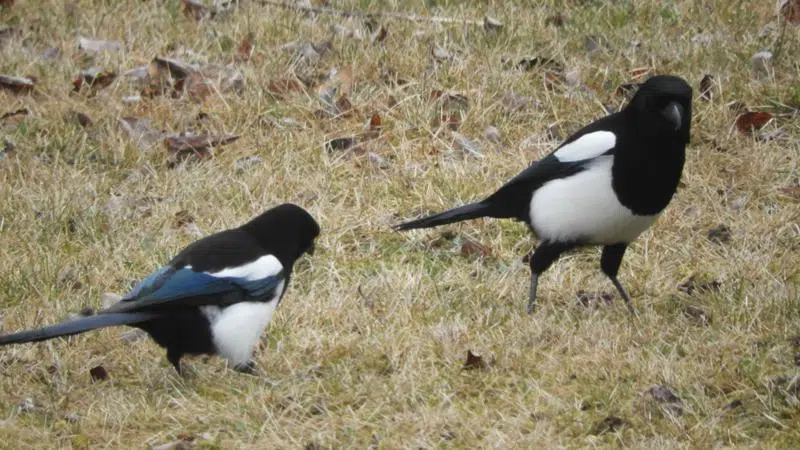
Magpies moving to La Ronge could reduce bird numbers
The arrival of black-billed magpies in La Ronge could lead to a reduction in the overall bird population.
That’s what winter bird count coordinator John Schisler stated as he noted several magpies, including a nesting pair, were spotted between Dec. 14 and Jan. 5 in the tri-communities. He added there were 19 other species of birds also recorded during that time, but he’s weary of the magpies because they can have a big effect on bird numbers.
“For 10 years, there wasn’t magpies then they started showing up,” Schisler, who has been organizing the bird count since 2004 said. “The last three years we’ve seen magpies up here. They’re moving in and that’s certainly going to have an impact on the bird population because they’re not really nice birds. They’re nest robbers. They’ll steal eggs and they’ll even take the baby birds.”


